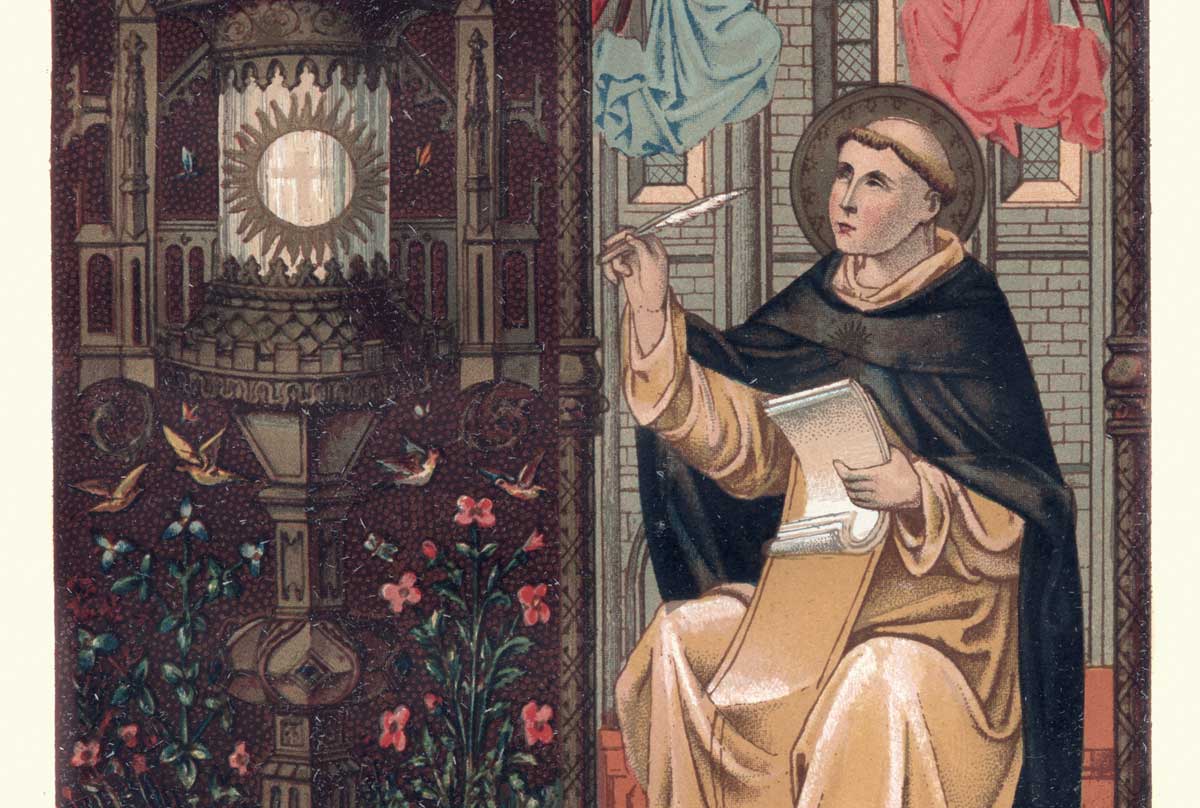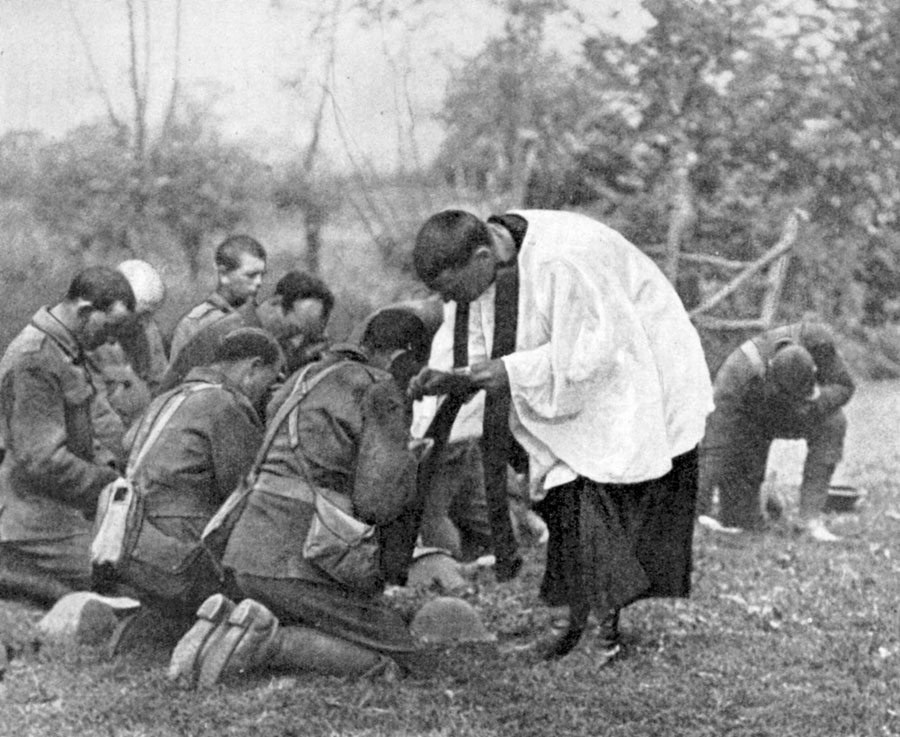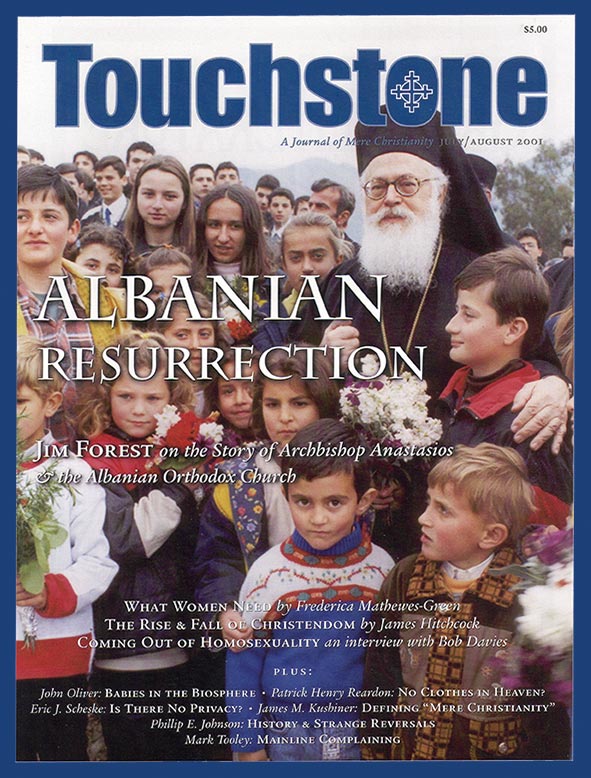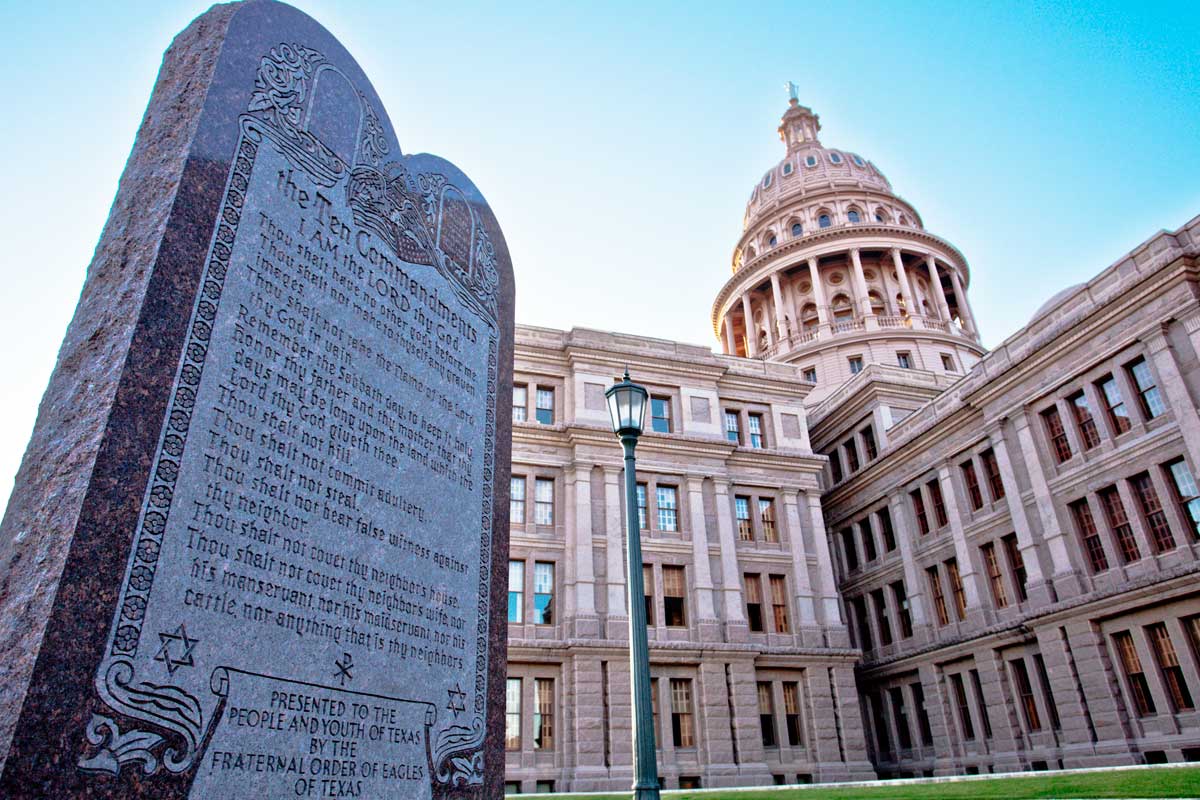Albanian Resurrection
The Story of Archbishop Anastasios & the Rebirth of the Albanian Orthodox Church
by Jim Forest
Europe’s jagged east-west divide happens to run through Albania, with the Catholic Church mainly in the north and the Orthodox Church in the south. Islam arrived under force of arms in the early sixteenth century, gradually becoming the principal religion of Albania. During the Ottoman period, the penalties for failing to convert were substantial. Perhaps 10 percent of the population today is Catholic, 20 to 30 percent Orthodox, and the rest at least nominally Muslim. (There is no religious census data. Albania’s Communist dictator, Enver Hoxha, when he met Stalin in 1947, estimated that 35 percent of the Albanian population was Orthodox.) During the Communist era atheism was the religion the State insisted on, and it still has many adherents.
When at last its infrastructure is developed, Albania could well become a major tourist center. A country a little larger than Vermont, there are more than 200 miles of shoreline and beaches on its Adriatic coastline. The inland terrain is so crowded with mountains and valleys that a Tibetan would feel at home. But for now few tourists dream of visiting. Albania is better known for its mafia than its resorts. The cars you see on the country’s pitted roads are in many cases stolen from owners in Western Europe. Electricity is likely to stop flowing at least for several hours a day—you never know when—and when the current is flowing, the surges pose a danger to anything that happens to be plugged in. Most factories are rusting ghost towns. A third of Albania’s three million people have been driven out by the wrecked condition of Albania’s economy to make their living in other countries. But the country’s greatest area of damage is to the soul.
Bishop for a Battered Church
When Archbishop Anastasios flew to Tirana, the capital of Albania, from Athens on July 11, 1991, he was arriving in what had recently been the world’s most militant atheist state. While every Communist regime had persecuted religion, only in Albania had all places of worship been closed and every act of private religious devotion banned. (Persecution began with the victory of Hoxha’s guerrilla forces in 1944; complete religious prohibition was ordered in 1967, when Albania was allied with China but wanted to outdo its protector in Marxist purity.) Sixteen hundred churches, monasteries, and other church-related buildings had been destroyed. Those few that had not been demolished had been turned into armories, post offices, barns, and laundries or put to other secular purposes.
Many thousands of Christians had been jailed or sent to labor camps, often dying as a consequence. The 440 clergy who had served the Orthodox Church 60 years earlier had been reduced to 22, all old and frail, some close to death.
While Archbishop Anastasios could recall occasionally citing Albania as providing one of the most extreme examples of religious persecution since the age of Diocletian, it had never crossed his mind that Albania might one day become his home and that he would become responsible for leading a church that most of the world regarded as not only oppressed but extinct, its only survivor being Albania’s most famous expatriate, Mother Teresa of Calcutta.
Born November 4, 1929, it was by no means certain Anastasios would become more than a nominal Christian, having grown up in a period when life seemed mainly shaped by secular ideologies, wars, and politics. When he was six, an army-backed dictatorship led by General Ioannis Metaxas was established in Greece. Metaxas liked the titles “First Peasant,” “First Worker,” and “National Father.” He led a Fascist regime, though one independently minded and non-racist, resisting alliances with its counterparts in Germany and Italy. From bases in Albania, Italy invaded Greece in 1940—Anastasios was ten. While Italian forces were quickly pushed back into Albania, in the following year the German army arrived in force. Greeks found themselves subject to a harsh tripartite German, Italian, and Bulgarian occupation, with civil war breaking out between factions of the resistance—the royalist right versus the Marxist left—even before occupation troops began to withdraw late in 1944. Anastasios was nearly 20 when civil conflict in Greece finally ended, the United States having weighed in on the side of democratic forces.
“I have many memories of the Second World War and the civil war in Greece that followed,” he told me as we drove over roads so damaged that they often resembled small models of the Grand Canyon. “This made me ask: Where is freedom and love? Many found their direction in the Communist movement, but I could not imagine that freedom and love could result from the Communist party or any other party. Very early in my life there was a longing for something authentic. During the war we had no school—we were more free. I read a lot, so many books! Not all of them helped my faith—Marx, Freud, Feuerbach. But there was a turning point. I can remember as if it were yesterday kneeling on the roof of our home, saying, ‘Do you exist or not? Is it true there is a God of love? Show your love. Give me a sign.’
“When you say such a prayer, the answer comes. It does not come with angels singing, but you realize God is there, in front of you and what he says: ‘I ask for you—not something from you.’ You understand in such a moment that what is important is not to give but to be given. That prayer was when I was a teenager—you can see why I have such a respect for teenagers. It can be a time when you ask the most important questions and are willing to hear the answer that is without words. Love and respect is shown to young people not in words but in the way you approach them, how you see them. It is the same with very old people in difficult times, people who are suffering.”
subscription options
Order
Print/Online Subscription

Get six issues (one year) of Touchstone PLUS full online access including pdf downloads for only $39.95. That's only $3.34 per month!
Order
Online Only
Subscription

Get a one-year full-access subscription to the Touchstone online archives for only $19.95. That's only $1.66 per month!
bulk subscriptions
Order Touchstone subscriptions in bulk and save $10 per sub! Each subscription includes 6 issues of Touchstone plus full online access to touchstonemag.com—including archives, videos, and pdf downloads of recent issues for only $29.95 each! Great for churches or study groups.
Transactions will be processed on a secure server.
more from the online archives

23.6—November/December 2010
Darwin, Design & Thomas Aquinas
The Mythical Conflict Between Thomism & Intelligent Design by Logan Paul Gage

35.4—Jul/Aug 2022
The Death Rattle of a Tradition
Contemporary Catholic Thinking on the Question of War by Andrew Latham
calling all readers
Please Donate
"There are magazines worth reading but few worth saving . . . Touchstone is just such a magazine."
—Alice von Hildebrand
"Here we do not concede one square millimeter of territory to falsehood, folly, contemporary sentimentality, or fashion. We speak the truth, and let God be our judge. . . . Touchstone is the one committedly Christian conservative journal."
—Anthony Esolen, Touchstone senior editor








